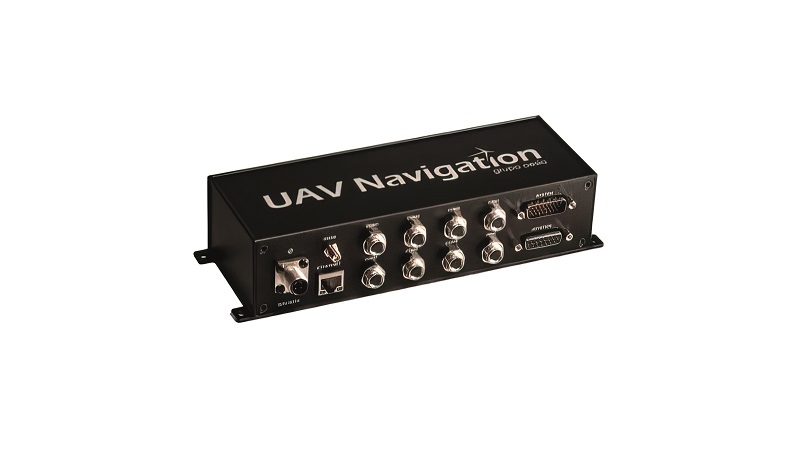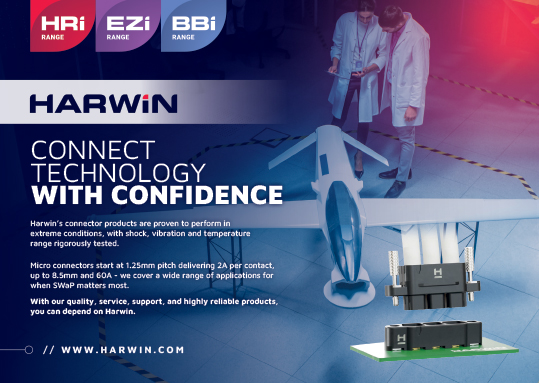GCS is UAV-agnostic

UAV Navigation has launched a next-generation ground station that is designed to handle multiple types of UAVs, including those for maritime missions (writes Nick Flaherty).
The GCS is based around the GHU-100, a new ground control hub that helps platform manufacturers connect multiple ground devices such as the PC, data links and joystick controllers, and forms a single network segment. Having all the elements in one segment helps minimise any network latency, which is particularly relevant for maritime missions that need to combine NMEA (National Marine Electronics Association) maritime data inputs and RTK corrections
The GHU-100 hub supports ground stations that manage target, fixed-wing, rotary wing and VTOLs, and includes an internal GNSS for autonomous GCS geo-localisation. The GNSS receiver has been upgraded from the previous GCS03 to improve accuracy and to be more robust against jamming or spoofing.
UAV Navigation developed its own real-time operating system for the GHU-100 to provide safe and reliable operation if any of the attached PCs crash. It still has 10 I/O ports that handle multiple Ethernet payload connections such as redundant radios and the Visionair software running on the PC.
The hub supports bidirectional comms between Visionair on the ground and the onboard autopilot in the air. It also supports routing messages for air-to-air, ground-to-air and air-to-ground comms. That is a basic requirement for advanced missions using systems such as multiple UAVs and GCSs.
The hub also has an integrated NMEA input as a reference source. NMEA 0183 is a proprietary protocol issued by the NMEA for use with UAVs at sea, and is commonly used by autopilots for GNSS data.
The hub also supports efficient dispatch of RTK correction messages from the base directly to the UAV to provide more accurate positioning information.
UPCOMING EVENTS
























